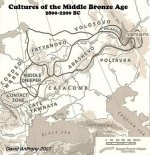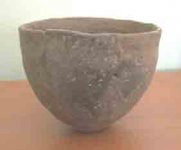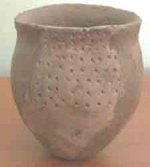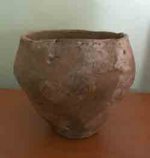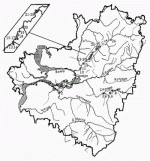Athiudisc
Banned
- Messages
- 212
- Reaction score
- 49
- Points
- 0
- Ethnic group
- North Sea Islander
- Y-DNA haplogroup
- R1b-L45
- mtDNA haplogroup
- K2b1a
If you pretend to demonstrate that bears live in steppes yes, if i try to give an example of squirrels in a forest... Wiki is a cookie for that.
I don't know what your cookie talk means, but I'm not pretending anything. The source you yourself first employed says bears can be found on the steppe. Now suddenly your source is bad because you don't want to believe it. I don't care.
Villabruna's R1b1a didn't have any children? woo!
We don't know of any. Do you? A random guy in a random place 14,000 years ago is a bit different than related subclades together thousands of years later.
that's a call to autorithy, don't call to papa if you can't give answers for 1-4
All of your "red alarms" are "calls to authority," then, even (especially) the goofy ones. Please stop with this bizarre hypocrisy. "Wiki says...I don't care what wiki says!" "Klyosov says...I don't care what anyone says, appeal to authority!" Just stop.
Well, as you know a seafaring IE vocabulary that nobody else knows
This is what I'm talking about. Because YOU are unfamiliar with PIE terms, you assume they don't exist, even though I've given you a few. It's...tiring.
i was wondering if you also was capable to find out sirens...
I am (it comes, ultimately, from PIE "ser," "to bind"), but it doesn't really matter, does it? You don't care. It doesn't fit in your theory.
more seriously, i might have asked for octopusses, tillers or alike.
So your more serious statement is something along the lines of "if there's no PIE words for creatures that don't exist in the seas we know PIEs were familiar with, this proves they didn't have water-travel beyond rivers?" That makes no sense.
As for a tiller, I think you meant a rudder, which comes from the same PIE root for "row," already discussed. A tiller is just an extended handle for a rudder; the rudder is what steers the boat.
I can't deny an Eastern origin, maybe from ancient HG shared DNA with Caucasians or with herder Neolithics not tested (ie no farmers), but by sure I will not be cheated that it was from Yamnayans; you might understand that the issue is about the belief about the mighty Yamnayans, the bunch of herdsmen that changed almost all European Y-DNA.
I honestly don't know what "I will not be cheated that it was from Yamnayans" even means.
I think we're done until more genetic evidence comes forth to support or refute one of us. At this point, you're just flailing. I have little interest in your bizarre mental gymnastics and even less in your attempts at insult.





